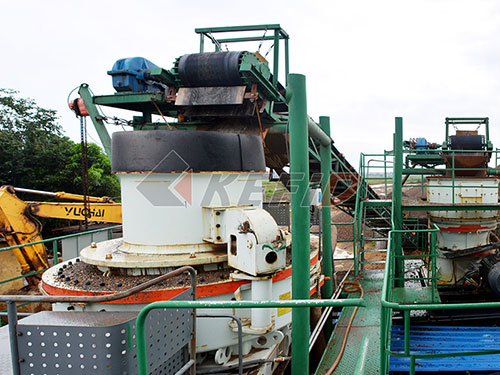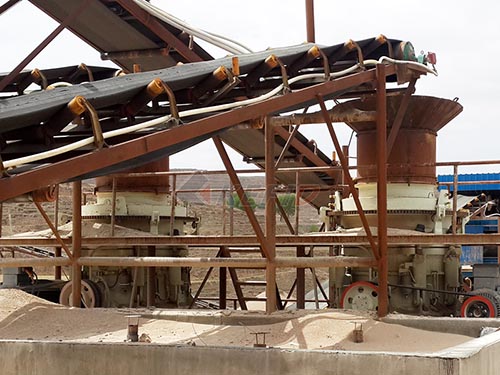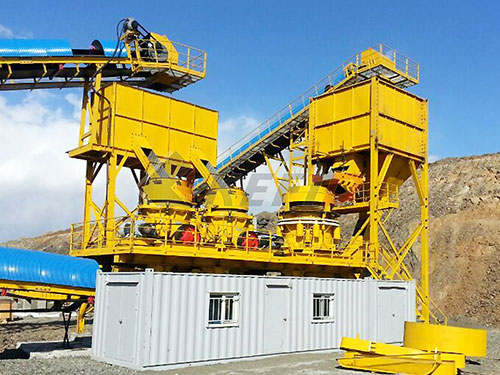The Silent Precision: Unveiling the Critical Role of Fused Quartz Crushers in High-Tech Industries
Fused quartz stands as a material of extraordinary significance within the modern technological landscape. Its exceptional properties – unparalleled optical clarity across a broad spectrum, near-zero thermal expansion coefficient enabling extreme thermal shock resistance, high chemical purity and inertness against corrosive agents, superb electrical insulation even at elevated temperatures, and remarkable mechanical strength relative to its density – make it indispensable in fields demanding absolute reliability under punishing conditions.
From the intricate pathways etched onto semiconductor wafers defining our digital age to the laser optics guiding cutting-edge medical procedures and scientific research; from the windows protecting spacecraft during atmospheric re-entry to the crucibles holding molten silicon for solar cell production; fused quartz operates silently at the frontiers of innovation. However, transforming large blocks or boules of this remarkable material into usable forms – powders for sintering feedstock or slurry components in polishing compounds; precisely sized granules for specialized filtration media; controlled fragments for crucible linings or refractory applications – necessitates a crucial intermediary step: crushing.

This process introduces unique challenges that render ordinary rock-crushing equipment inadequate and potentially catastrophic for both product integrity and machinery longevity. Enter the specialized Fused Quartz Crusher – engineered not merely to break rock but to tame one of nature’s most demanding materials with precision and care.

The Formidable Challenge: Why Crushing Fused Quartz Demands Specialization
1. Extreme Hardness & Abrasiveness: Fused quartz ranks highly on Mohs scale (around 7), comparable to topaz or hardened steel itself. This inherent hardness translates directly into severe abrasion wear on any contacting surfaces within conventional crushers not specifically designed for such duty.
2. Brittleness: Despite its hardness, fused quartz lacks significant ductility; it fractures conchoidally rather than deforming plastically under stress like metals would do before yielding point occurs naturally within their structures upon reaching ultimate tensile strength limits set by atomic bonding forces present between atoms composing metallic lattices themselves inherently different than covalent networks found inside silica glasses where bonds are directional leading toward characteristic brittleness observed experimentally when subjected mechanical loading beyond elastic limit defined primarily by bond strengths rather than dislocation motion mechanisms operative primarily within crystalline solids possessing metallic character distinctively different behavior patterns emerge clearly distinguishing these two classes fundamentally apart each other entirely separate domains altogether distinct categories fundamentally disparate groups altogether unique classifications completely separate entities altogether different paradigms entirely unlike one another fundamentally divergent concepts altogether separate realities entirely distinct universes altogether different dimensions entirely separate

Leave a Reply